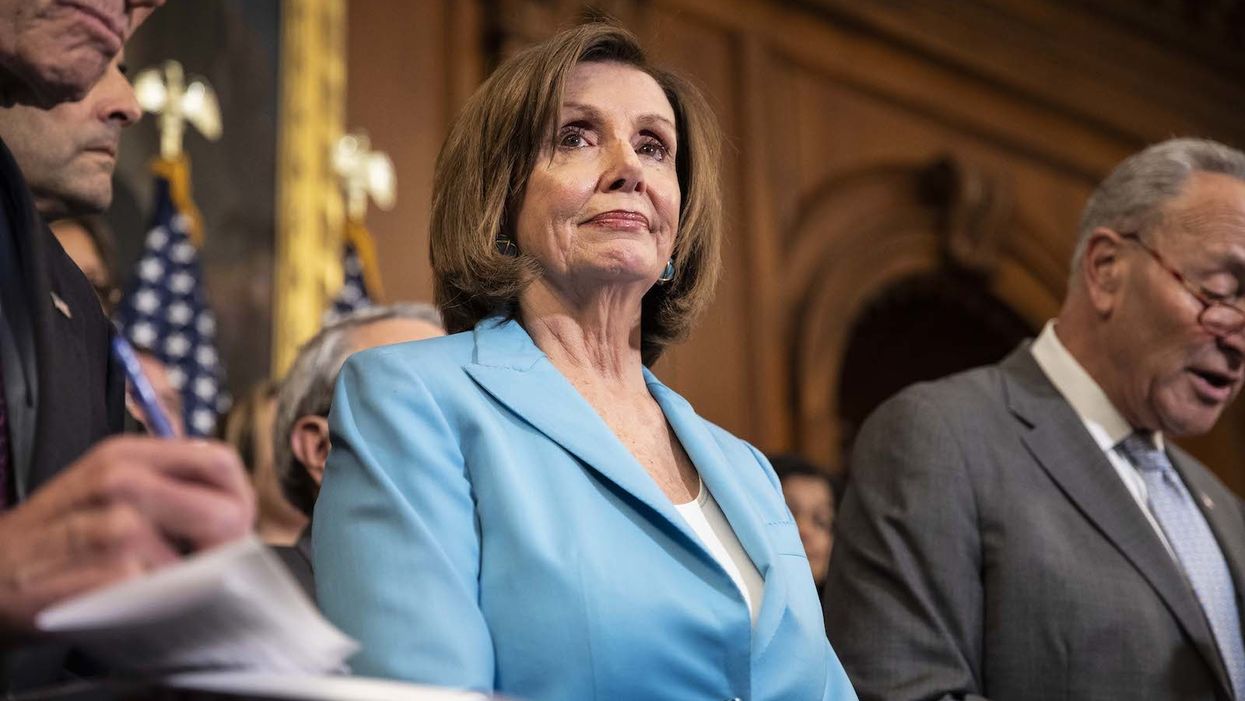
Anna Moneymaker/Bloomberg via Getty Images

Will Congress ever reach an agreement?
House Democrats blocked a bipartisan emergency border funding bill a total of 81 times on the House floor Thursday.
One GOP member after another lined up in the chamber to request unanimous consent to consider the Senate's recently passed emergency border supplemental bill. All of those requests were objected to and the measure was subsequently blocked.
Here's an example:
House Minority Leader Kevin McCarthy, R-Calif., chronicled the rejections via Twitter:
"I think everybody in this body knows that that Senate bill will pass," McCarthy said on the House floor before the lineup. "You do not have to worry about what the outcome will be, the leader of the Senate has already said what will happen. Because I will promise you this, on this side of the aisle, we will stay here until this is done. We will not leave. And we will stand with the bipartisan vote in the Senate."
This tactic, sometimes referred to as a "conga line" temporarily holds up House consideration of pending business and is most often used as a protest tactic by the minority in a chamber where the majority party's leadership wields almost unilateral control over the floor schedule.
House Democrats used the tactic in September 2017 to call for a vote on the Dream Act immigration bill.
In summer 2016, House Democrats also used the tactic to call for a vote on a gun control bill.
House Republicans have asked Speaker Nancy Pelosi (D-Calif.) to bring up the Senate's version of the emergency border bill, citing "poison pills" passed in the House's recently passed version, which was designed to appeal to progressive Democrats.
By contrast, the Senate's bill passed out of the upper chamber by a vote of 84-8, while the House's vote was mostly along party lines.
Pelosi rejected the bipartisan Senate measure Wednesday evening, but has since faced pressure from more moderate members of her own party to bring it up. Pelosi says she wanted to combine elements of both bills.
As of publish time, it still remains unclear what version of the supplemental funding bill will make it to President Trump's desk.